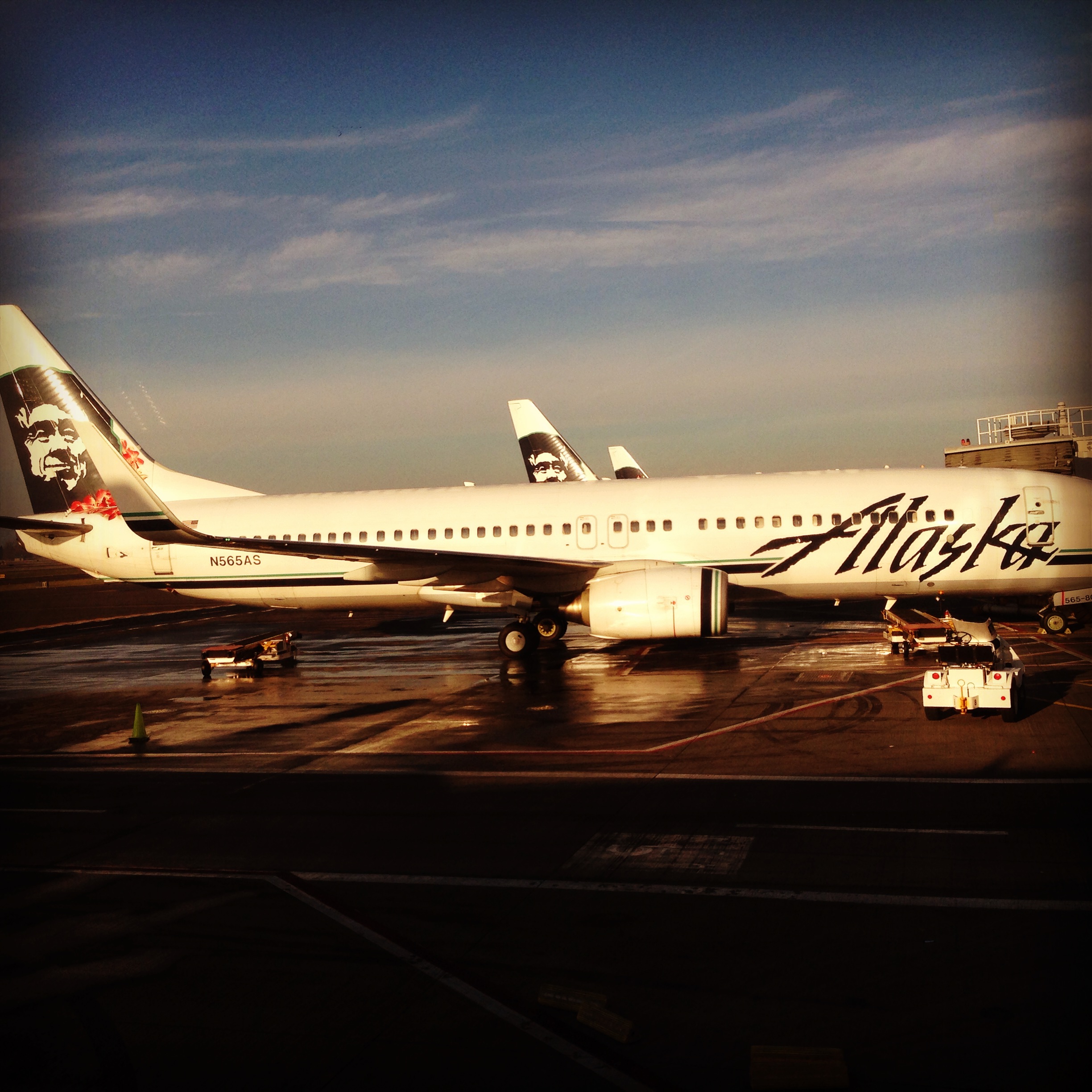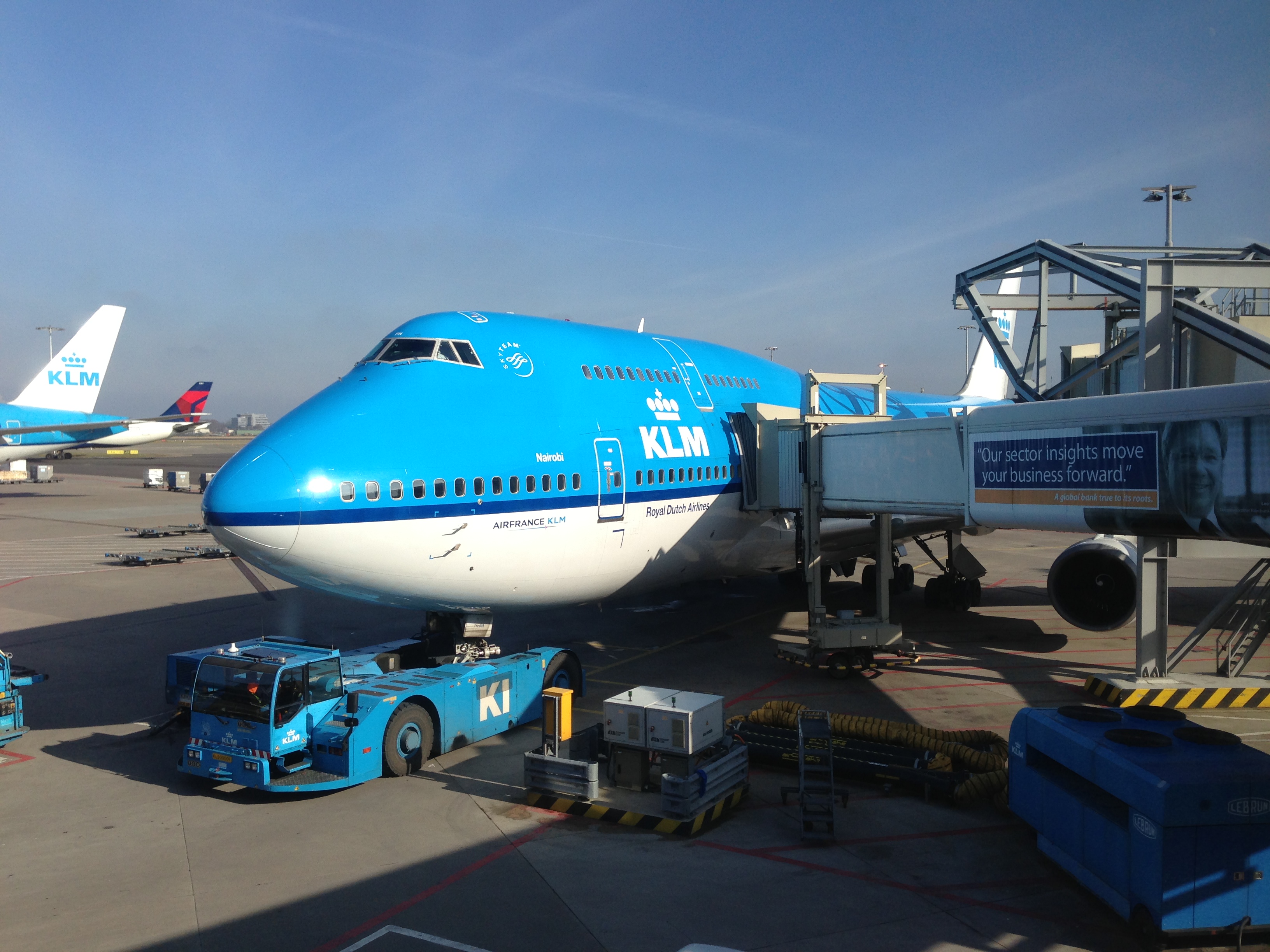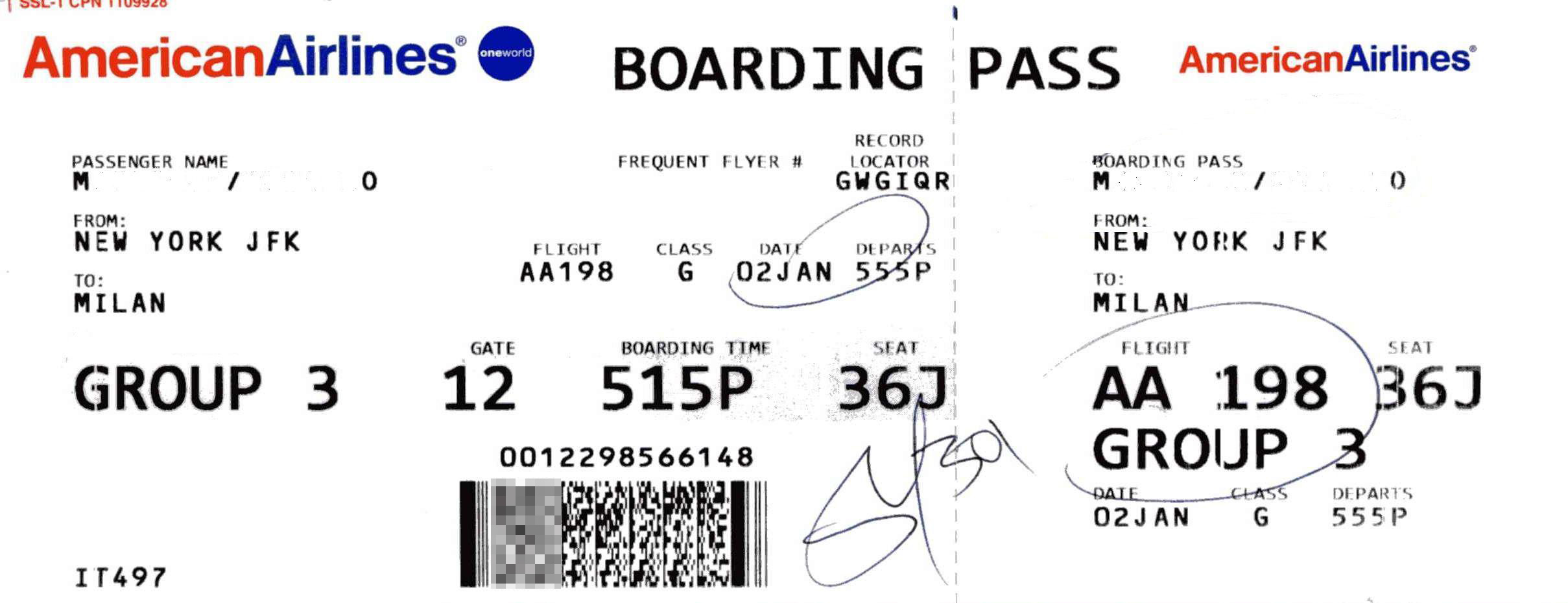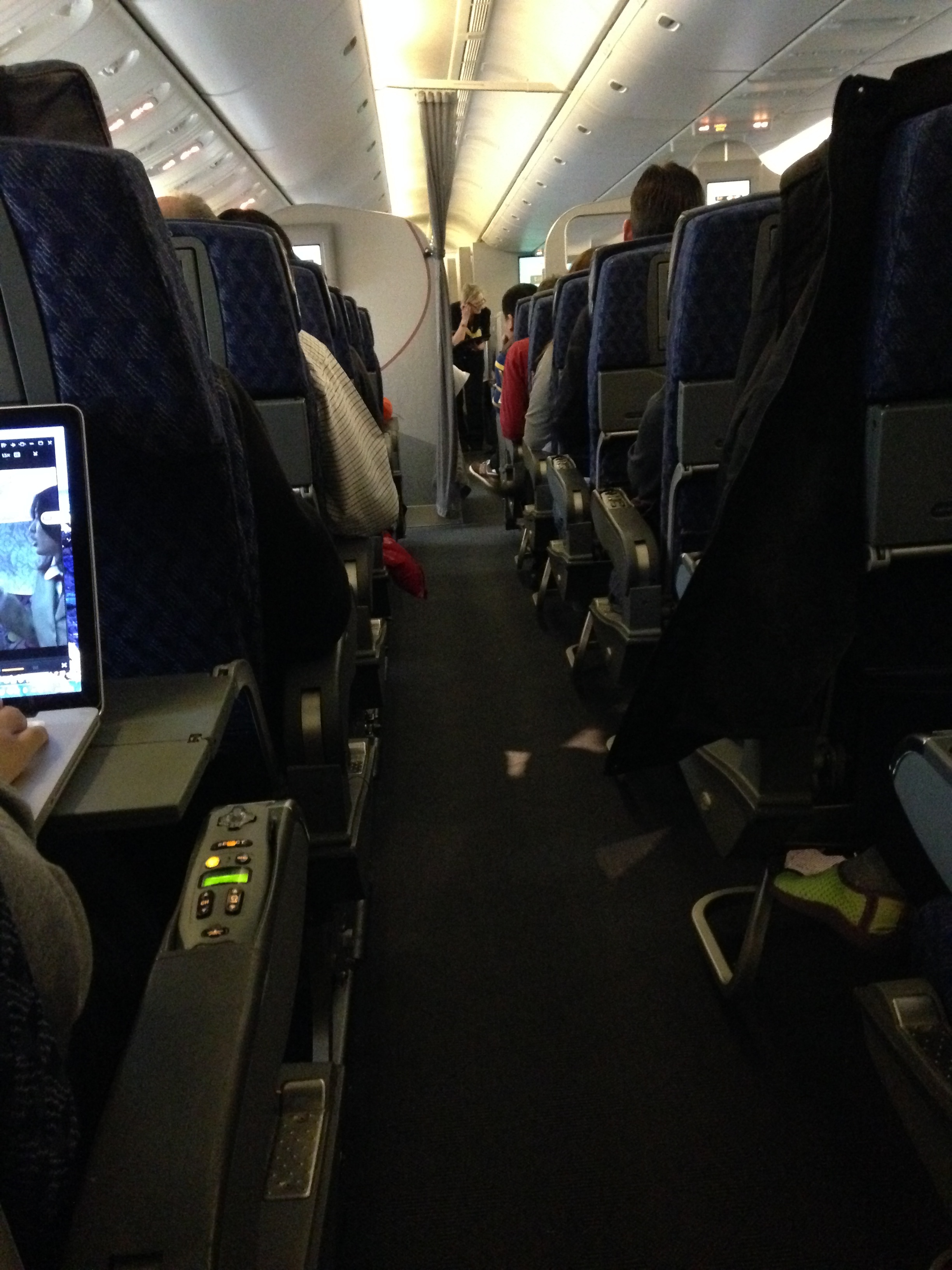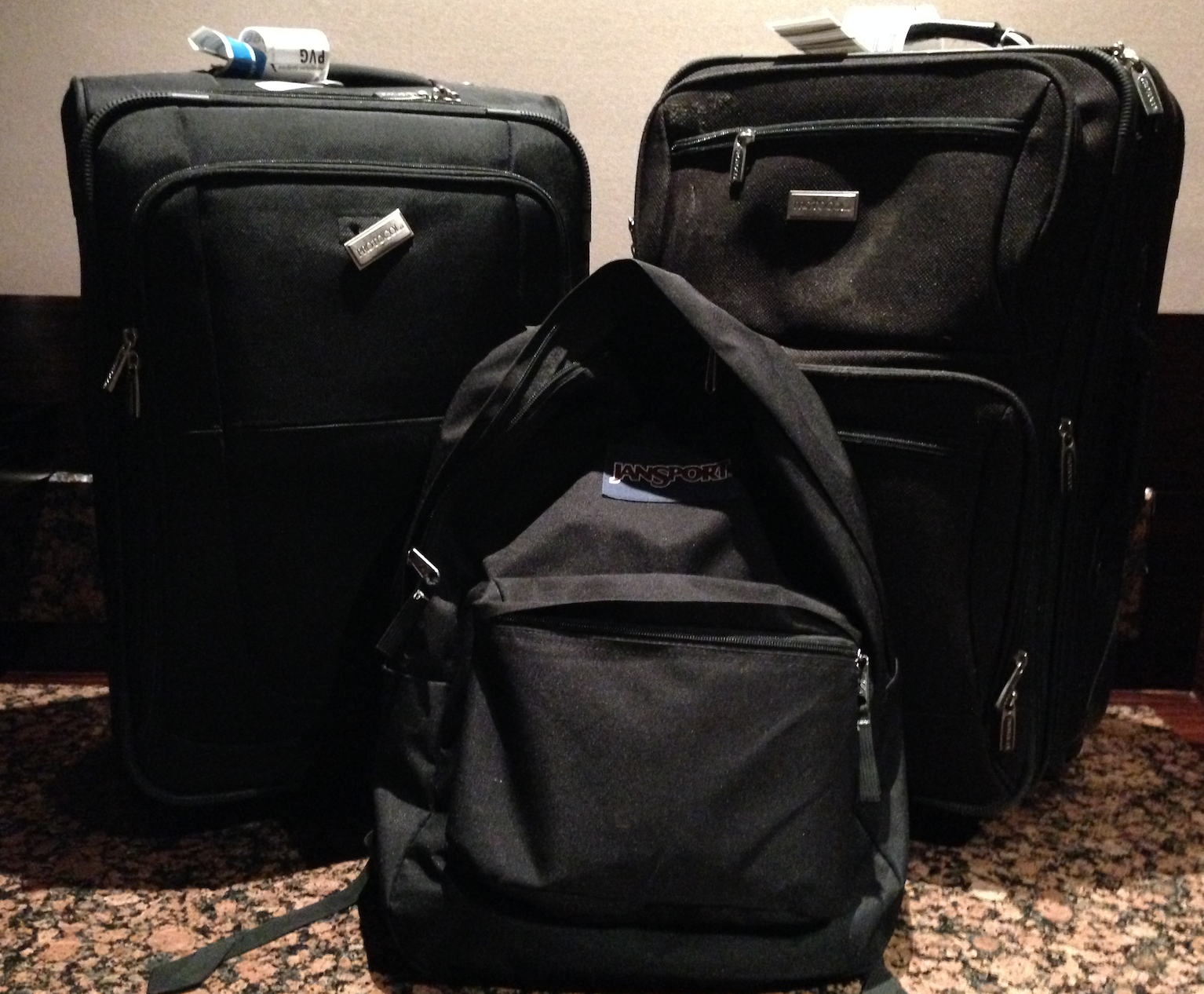Codeshares…Types and Benefits (?)
 If you couldn’t tell by my previous post on the subject of codeshares, I am not a fan for the most part. Part of this stems from experience as a traveller, and part comes from my present job in airline IT. I will have a future post about the technical details surrounding codeshares, how they work, why they are a pain to deal with, and so forth. For now, let’s focus on the basics.
If you couldn’t tell by my previous post on the subject of codeshares, I am not a fan for the most part. Part of this stems from experience as a traveller, and part comes from my present job in airline IT. I will have a future post about the technical details surrounding codeshares, how they work, why they are a pain to deal with, and so forth. For now, let’s focus on the basics.
What is a Codeshare?
Generally speaking, it’s just a marketing tool that allows airlines to present their product to travelers as a seamless travel itinerary. At first glance, it will appear to the traveler as if XX airline is who they are flying when in fact it’s actually YY airline OPERATING the flight.
Definitions
Operating Carrier = The airline whose metal is being utilized to actually fly the flight
Marketing Carrier = The airline that is selling another airline’s flight as its own [flight number]
The Benefits
Arguably the biggest benefit to a codeshare is the fact you are buying a single cohesive itinerary. Without going into too much detail, it allows the airlines to offer a single fare component (or a simpler filed fare) to passengers. When airlines file their fares, they have to include rules for each fare basis that spell out applicable flights, excluded flights, valid routings, and applicable carriers for interline fares. Codeshares can often eliminate that last portion since the airline is selling that flight as if it were it’s own flight.
Another benefit (at least in the case of AA’s AAdvantage program) is the ability to accrue frequent flier mileage on a partner carrier as if the flight was being flown by the marketing carrier. Otherwise in a lot of cases (CX and JL, I’m looking at you…) mileage earning would be limited or non-existent if the flight is booked under the operating carrier’s own code.
The Pitfalls (or insert any other explicative)
Where do I begin? First off, airlines are subject to pretty stringent rules regarding codeshare disclosure. The DOT has been VERY aggressive against carriers that do not properly disclose the operating airline in codeshare bookings. The situation is only getting worse for airlines with more regulations coming down the pipeline. And it’s not just airlines getting in trouble, travel agencies and even the largest GDS (Global Distribution System) in the world, Amadeus was fined recently.
The issues surrounding codeshares from a passenger’s perspective create a great deal of frustration. In a later post I will explain the technical details of how codeshares work between the various IT systems in the background, as that is where the inherent restrictions lie when it come to codeshares. Essentially, when a passenger books a codeshare flight, they are ‘stuck’ for lack of a better word. No changes can be made to it, whether that be a mileage upgrade, complimentary upgrade due to status, or a same-day change. All of these things cause a lot of frustration for passengers, as airlines do not disclose these details at the time of booking; they are only required to disclose a flight is being operated by another airline. How convenient, eh?
I will cover the technical details later, but all codeshares have to ‘map’ fare classes between the operating and marketing carriers, and this can be a headache for most people to keep track of. With the exception of AA, most codeshare booking apply mileage credit based on the operating carrier booking class. Well, how are you going to know the operating carriers booking class until you book it? *face palm*
Types of Codeshares
There are 3 main types of codeshare relationships that airlines can enter into (kind of adds to the confusion huh?). Each of these has its own quirks and technical details of what happens behind the scenes.
1. Free-sale
This is the most common type of codeshare, and perhaps the most difficult to manage/handle from an airline’s perspective. A free-sale codeshare is where both airlines enter an agreement to publish the other carrier’s flight as it’s own, with no or little restrictions as to the amount of seats it may sell on the flight, within capacity constraints. What happens behind the scenes is that as a flight is nearing capacity on the operating carrier, it will send constant AVS (availability status) messages to its partners and GDS channels to start restricting the sale of a flight so it will not go over its AU (authorized sales) limit (I’ll speak to what that means in a future post). The codeshare relationship of a freesale arrangement is somewhat less formal than the other types with regards to revenue sharing and culpability, the operating carrier retains most of the control when it comes to schedule changes, seat assignments, etc. This type of codeshare is generally very broad and covers a large number of partners’ flights.
Example: United and Lufthansa, American and US Airways
2. Block-Space
This codeshare arrangement can be a convenient way for a carrier to provide access to a market without necessarily entering into a large free-sale agreement. In many cases a block-space arrangement is used where the participating airlines are not in the same alliance or don’t generally partner in any other way. It is rather complex. The operating airline essentially ‘sells’ a specific block of seats on its flight (specifically assigned seats on the seatmap usually) to the marketing carrier. The marketing carrier in turn sells those seats to customers as if it were its own. The marketing carrier retains FULL control over the booking from the time it is booked until the time it is transferred to the operating airline. The operating carrier actually has NO idea who has been booked under the marketing flight number, nor the number of passengers booked until a certain point before departure when the marketing carrier send the PNL (passenger name list) message to the operating airline (again, I’ll cover this in a future post). This type of arrangement is not nearly as common as free-sale, but is very useful for carriers in many cases. There is also a ‘soft’ blocked-space arrangement in which the marketing carrier can return unsold seats to the operating carrier, but this is less common.
Example: South African Airways (Marketing) and Qantas (Operating)
3. Modified Free-sale or Capacity Purchase (aka capped free-sale)
This ‘codeshare’ is actually very common in the US, but most people wouldn’t recognize it as one. This is where the operating carrier is selling seats on its aircraft for the sole benefit of the marketing carrier (the operating carrier does not sell seats). In the US, this would be all the regional airlines that operate as ‘franchisees’ of the major airlines, selling their flights as if they were the franchisor. There are varying forms of this with regards to revenue sharing, but essentially the marketing carrier is ‘leasing’ the aircraft and its crew to fly on behalf of the marketing carrier. There are also cases where this is simply a free-sale arrangement with restricted limits to the number of seats the marketing carrier may sell on the operating flight.
Example: United and Skywest, Air France and CityJet
So why book a codeshare?
Well, the short answer is sometimes you just don’t have a choice. My advice is to NEVER book codeshares unless there is a huge price difference or a mileage benefit (as with AA and its codeshare partners). Otherwise, you just open yourself up to a multitude of issues that the airlines don’t care to tell you about…
Fly classy!


